
Everyone knows that when the sun is shining, there is no finer place than Scotland. Wales is great, England is alright, Ireland is magnificent, but Scotland - at least in my eyes - is unparalleled in terms of both its quantity and its quality. And with over 18,000km of coastline, Scotland's sea cliffs are naturally a large part of its attraction.
So it is perhaps unsurprising that I was more than a little excited by the arrival of this book. It comes during a period when we could all do with a bit of time out from the real world, not to mention a bit of hope and inspiration for what we might do next year, when life may (with hope) be back to some semblance of normality.
Disclaimer: it's worth mentioning that I did play a small part in this book, insofar as there are a number of my photographs in it; however, this is indeed a small part, and within this review we take a broader glance across the book as a whole.
The book itself is the first publication of the newly formed Scottish Mountaineering Press, and hence loosely follows on from the theme of The Great Mountain Crags of Scotland, which was published by Vertebrate back in 2014. The Great Sea Cliffs of Scotland is a similarly glossy production, with impeccably reproduced photographs on fantastic, high quality paper. It doesn't hold back on the action or landscape photography too, with a great many double page spreads, plus a raft of full page/full bleed photographs that really do showcase the crags and climbs. Whilst it may sound cliched, you really feel like you're there (or as close to being there as you'll get without actually leaving home).
The crags are split into the following areas:
- The Northern Isles
- The Aberdeenshire Coast
- Caithness
- The Hebrides
- The North West Coast
As always, debate will occur about where has been included and what has been left out. The focus of The Great Sea Cliffs of Scotland is definitely on the more wild, remote and extreme. Grade-wise it's perhaps unsurprising that the routes included begin around the VS-HVS mark, as this is (more often than not) the required grade to access most sea cliffs in the British Isles. This isn't a criticism of the book, but more a statement of the fact that sea cliffs are inherently elitist due to their relatively steep and inaccessible nature. However, it doesn't really matter what grade you climb, the book isn't what I would describe as 'grade-centric', but rather it is 'experience-centric' and hinges around the places and people who have contributed to it. This is a celebration of Scottish sea cliffs, pure and simple.
The book has an obvious bias towards the northern areas, which leaves out the possible inclusions of Hawkcraig in Fife and Meikle Ross in Galloway. The former has a place in the heart of every Central Belt climber, but it doesn't offer the same levels of adventure that Eshaness on Shetland might, or the experience of summiting a stack such as the Old Man of Stoer. However, including it might have made the book a little more marketable to the masses. When it comes to Galloway, its exclusion is a little more surprising, but a line has to be drawn somewhere. The long and short of it is that Guy Robertson's task of narrowing the list down 26 crags is ultimately an impossible one. Furthermore, surely a part of the fun of any book is the discussion that comes after. If it was perfect, what would we have to talk about?!?
One thing that I commend the book on is being bold enough to include some lesser known places. It would be easy just to go for time tested crowd pleasers, many of which are also in there, but alongside these are a whole host of cliffs that weren't even on my radar. Amongst these are Clo Mor on Cape Wrath, which I am amazed I'd never even heard of, but comparing the pictures from the first ascent (which look horrendous) vs. Hamish Frost's more modern photography (which looks amazing), perhaps I'm not too surprised. Another interesting inclusion is the Aberdeenshire Sea Cliffs, which are undoubtedly popular amongst the more local residents, but infrequently visited by those from further afield. And finally, perhaps the biggest reveal of all is the plentora of high quality rock climbing in Caithness, proving that Scotland's coast isn't all about the North West! This book has definitely given me an excuse to pay each of these areas a visit, but these are just the areas I'd barely heard of - there's so many more!!
On a more mainstream note, the book includes chapters on all three of Scotland's biggest sea stacks: the Old Man of Hoy, the Old Man of Stoer, and Am Buchaille. Each of these is on the life-list of a great many UK climbers, not least because of their unique nature. Other 'classic' and well known crags include the likes of Kilt Rock on Skye, Screaming Geo on Lewis, and The Great Arch on Pabbay (just to name a few). I have enjoyed reading about each, just as much as the places I've never been, as there's equal inspiration to be gained from other people's experiences - plus the nostalgic trip down memory lane.
On the note of the writing, there is a fantastic breadth of contributions and style. Julian Lines' foreword sets a soulful scene for the book that is to follow, something that is further added to and enhanced by Guy Robertson's own introduction:
The essays themselves are written by a blend of first ascentionists, sponsored heroes, dark horses, local heroes, southern raiders, old school gnarlers and ordinary climbers. It's interesting that in spite of their differences, each has common ground in appreciating the allure of the Scottish sea cliff experience. Another key theme throughout is the uncertainty of success, be that through difficulty or the often unknown/unpredictable nature of Scottish rock climbing.
Another nice addition to the writing is the addition of an introduction to each section, which includes an overview of the crags, the character and the landscape, an evocative landscape photograph, and a poem by Stuart B. Campbell. This sets the scene nicely, tuning your mind into the individual area, focussing your thoughts for what is to come.
When it comes to the photography, there is a LOT in this book and one thing is for sure: no expense has been spared. The level of quality is sky high throughout, with a blend of both old and new photos, that add to the sense of history steeped within the cliffs. Alongside action shots there are a great many superb landscape images, which frequently feature at the beginning of each section. It's hard to start naming names when it comes to key images, simply because there's so many, but Hamish Frost is one of the stars of the show, taking what could well be the greatest number in the book - including the cover shot (which originally I wasn't completely sure about, as the climber was looking down, but have subsequently grown to like as it shifts the focus from the individual climber onto the place as a whole). Colin Threlfall has a series of fantastic landscapes, all of which perfectly set the scene of a Scottish sea cliff landscape. Finally, Mike Hutton - one of the UK's most prolific photographers - has perhaps unsurprisingly got a lot of his own collection in the book, with some absolute stunners.
Summary
Even if you're only vaguely into Scottish rock climbing, I can't see how your life is going to be complete without this book. There's bagfuls of inspiration here, both in terms of the places which might be familiar to you and those that might not. If you haven't bought it already, put it on your Christmas list - you won't regret it.



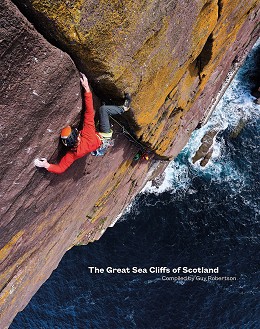





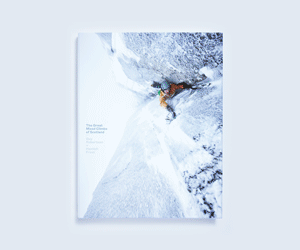










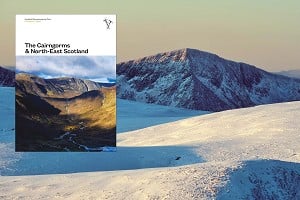
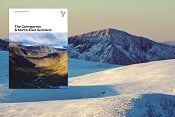
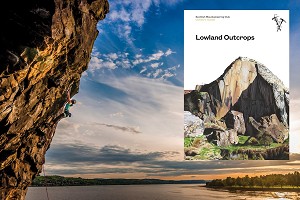
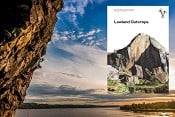
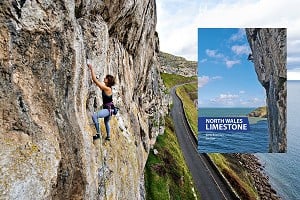
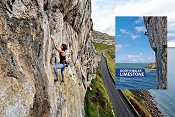
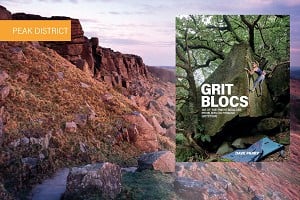
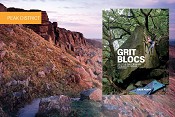
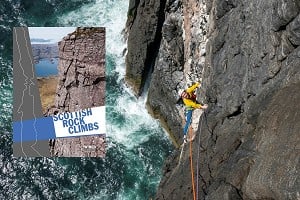
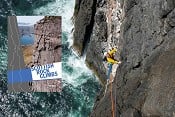
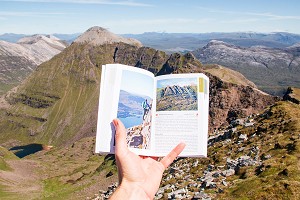
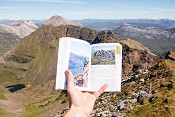
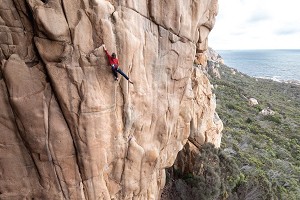
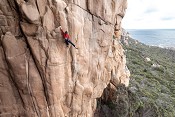
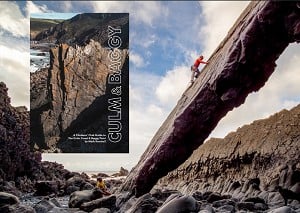
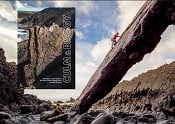
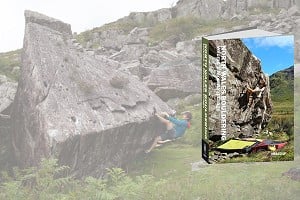
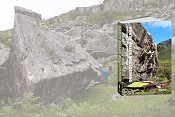
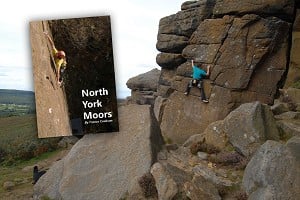
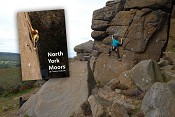
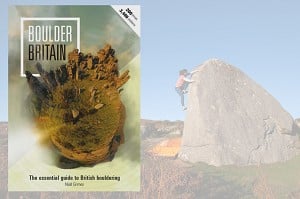
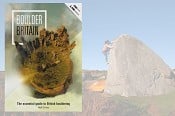

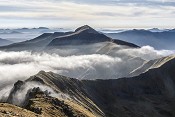
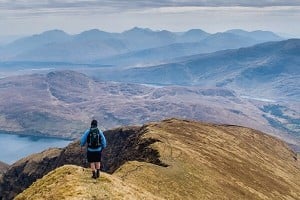
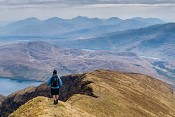
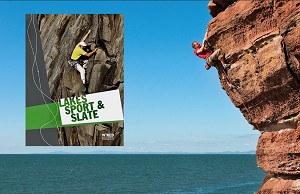
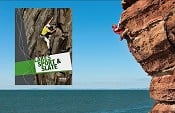
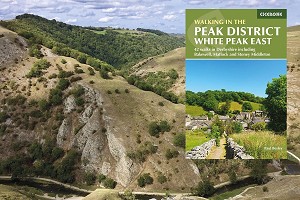

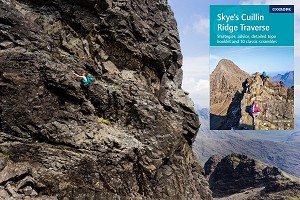
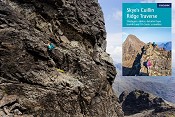
Comments
Was surprised to see Rubha Hunish miss out while Staffin Slips and Kilt made it in. I can't think of any other 70m+ sea cliffs in Scotland you can walk to the bottom of relatively straightforwardly and give the sense of adventure that Rubha Hunish does.
The book still looks great and looking forward to getting a copy sometime soon.
Staffin definitely isn't a sea cliff! Rubha Hunish maybe is at a stretch (certainly has a coastal atmosphere) - and I agree that it is awesome.
Am I mistaken or is Neist not in there?
Looking at the contents in the article it would seem not (I don't have a copy yet). Parts of Neist are definitely sea cliffs while others are "coastal" like Rubha Hunish. Actually, there are some genuine sea cliffs bits of Rubha Hunish but the main crags are not.
There were never fixed criteria for inclusion. It's a book of stories about people and places, written to celebrate and inspire. I think that to suggest there are shortcomings in this regard, is perhaps missing the point.
Somewhat against his ideals, Guy has already pigeonholed places that by their very essence do not conform to list making. As with the Mountain Crags book, it was never attempting to be a comprehensive list - quite the opposite in fact. Part of its aim was to leave the reader to their own imagination - to go and find their own 'great cliff', you might say.
If you havent already picked up a copy I'd really enourage you to do so.
PS I find a google photo search of 'kilt rock' to be fairly convincing of the escarpment being above the sea..
Pete